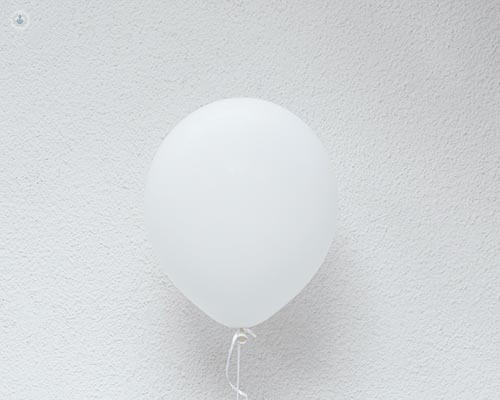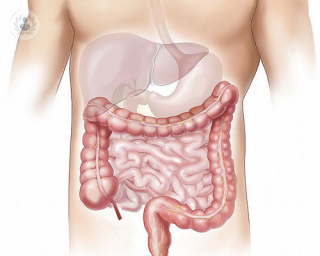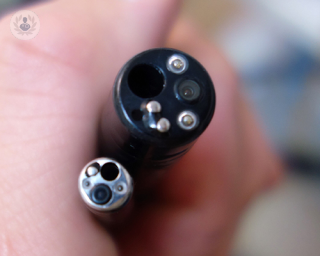Balloon enteroscopy
Dr Michael Mendall - Gastroenterology
Created on: 11-13-2012
Updated on: 11-20-2023
Edited by: Aoife Maguire
What is a balloon enteroscopy?
A balloon enteroscopy is a procedure that allows doctors to both diagnose and treat certain problems in the digestive system. A thin, flexible tube with a camera on the end is inserted into the body, either through the mouth or the rectum depending on which part of the digestive tract is being investigated or treated. The endoscope has either one or two balloons attached that can be inflated when the doctor needs to take a closer look at something.

What does a balloon enteroscopy involve?
This procedure usually takes between 45 minutes to two hours to complete. The procedure differs depending on if an upper or lower balloon enteroscopy is being carried out.
Upper balloon enteroscopy:
- The throat is numbed and the endoscope is inserted into the mouth and moved down into the stomach and upper digestive tract.
- You will be awake for this procedure as the doctor may ask you to swallow or move during the procedure to get a better view.
- Sometimes, a tissue biopsy will be taken.
Lower enteroscopy:
- This sometimes requires general anaesthetic, however, it is often carried out with local.
- The endoscope is inserted via the rectum.
- The balloons will be inflated if the doctor needs to see something better or treat something.
What is a balloon enteroscopy for?
A balloon enteroscopy allows the diagnosis and treatment of diseases without having to make large incisions or perform open surgery. A balloon enteroscopy might be performed if you show signs of the following:
- Gastrointestinal bleeding
- Severe diarrhoea
- Blocked bowel passage
- A high white blood cell count
- Unexplained malnutrition
How can you prepare for a balloon enteroscopy?
Before a balloon enteroscopy is carried out, the following measures should be taken:
- Avoiding solid food after 10pm the night before the procedure
- Sticking to clear liquids on the day of the procedure
- Avoiding all liquids in the last few hours before the procedure
- Stop taking blood-thinning medications
What does it feel like during the procedure?
During an upper balloon enteroscopy, when the endoscope is passed down into the stomach it is common to have a feeling of fullness or pressure. During a lower balloon enteroscopy, as anaesthesia is used there should be no pain and little discomfort.
What would a “bad” result mean?
Bad or abnormal results would indicate either tumours, intestinal bleeding or abnormal tissue growth. The following could also be determined from a balloon enteroscopy:
- Crohn’s disease
- Lymphoma
- Whipple disease
- Virus of the stomach or intestines





